Palawan, the Philippines’ “Last Frontier,” is a province where progress, nature, and culture intertwine to create a unique vision of sustainability. In Bataraza, efforts to build a climate-resilient community reflect the province’s commitment to protecting lives, livelihoods, and the environment against the impacts of changing weather patterns. Just a few hours away, the world-renowned Puerto
Palawan, the Philippines’ “Last Frontier,” is a province where progress, nature, and culture intertwine to create a unique vision of sustainability.
In Bataraza, efforts to build a climate-resilient community reflect the province’s commitment to protecting lives, livelihoods, and the environment against the impacts of changing weather patterns. Just a few hours away, the world-renowned Puerto Princesa Underground River, a UNESCO World Heritage Site and one of the New Seven Wonders of Nature, stands as a symbol of Palawan’s unparalleled natural beauty and biodiversity. Beyond its landscapes, Palawan also thrives through the artistry of its people seen in the intricate weaving of handicrafts like the tingkep, which embody tradition, identity, and resilience. Together, these elements highlight how Palawan is nurturing a future where development, nature, and culture flourish side by side.
Building a Climate-Resilient Community in Bataraza, Palawan
In Barangay Bono-Bono, Bataraza, Palawan, the Bono-Bono River Flood Control Structure has been completed by the Department of Public Works and Highways (DPWH) Palawan 2nd District Engineering Office (DEO). The endeavor aims to protect the river’s natural banks, which have historically been vulnerable to erosion and have endangered neighboring farms, communities, and vital infrastructure.
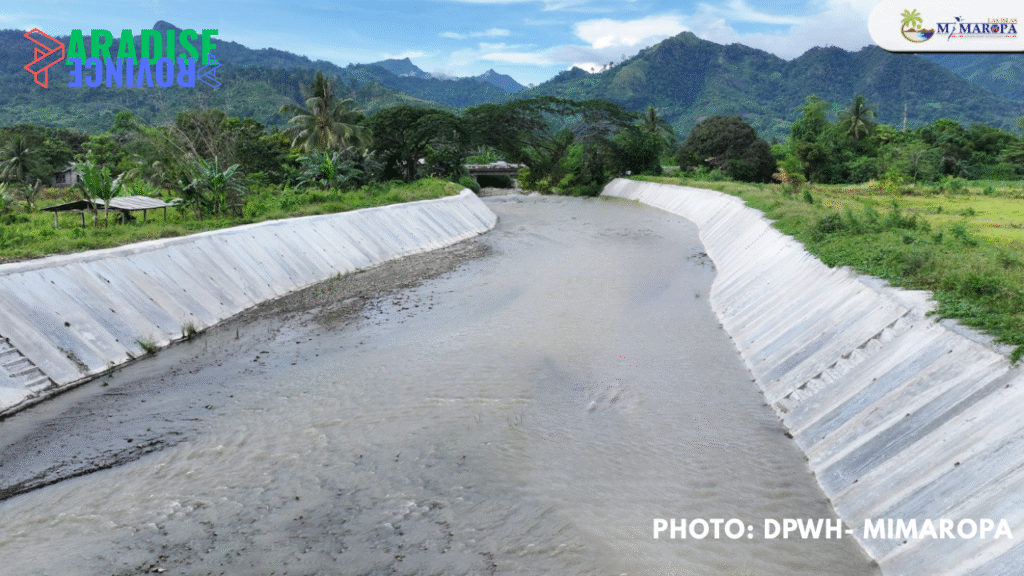
In his report to Gerald A. Pacanan, Regional Director of DPWH MIMAROPA, CESO III, Palawan 2nd District Engineer Noel L. Fuentebella stated that the project encompasses a 390-linear-meter section of the Bono-Bono River.
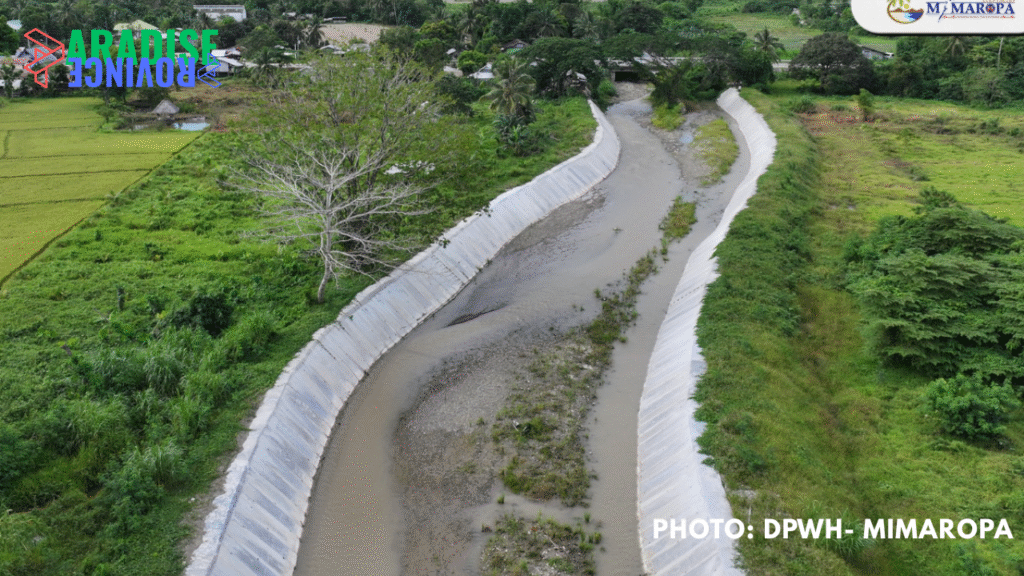
Safeguarding locals and their means of subsistence, the flood control structure is anticipated to drastically lower the risk of flooding. Beyond protecting residences and farmland, the project has increased community trust, which has improved the climate for safe investments and further growth in the region.
Puerto Princesa Underground River in Palawan
The Puerto Princesa Underground River, also known as the Puerto Princesa Subterranean River National Park, is located in Puerto Princesa City, which is part of the Saint Paul Mountain Range. One of Asia’s most intact old-growth forests can be found in the park, which is recognized as a UNESCO World Heritage Site and features a unique “mountain-to-sea” ecosystem.
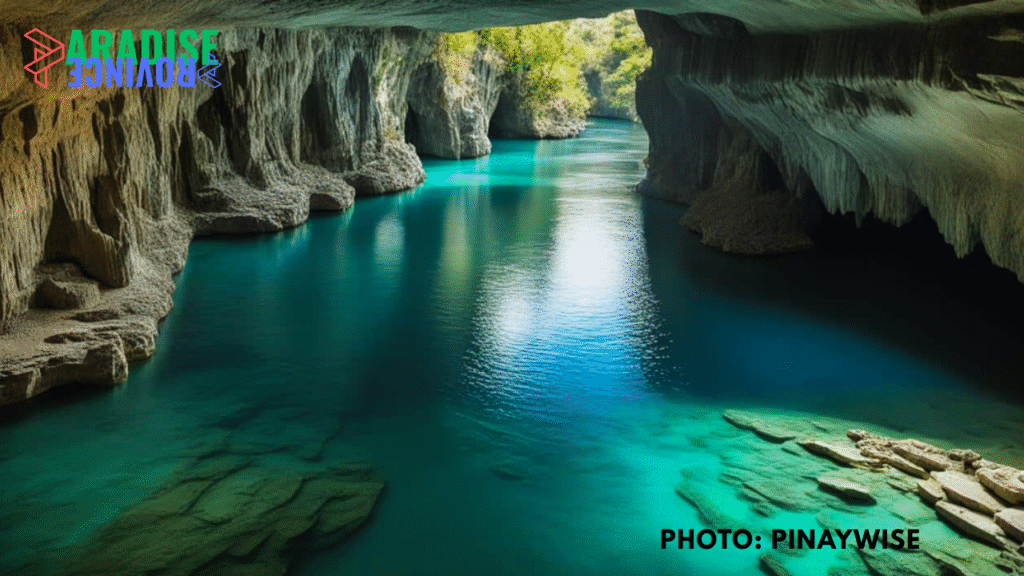
Numerous endangered wildlife species find refuge there thanks to its remarkable limestone karst landscape and globally significant biodiversity.
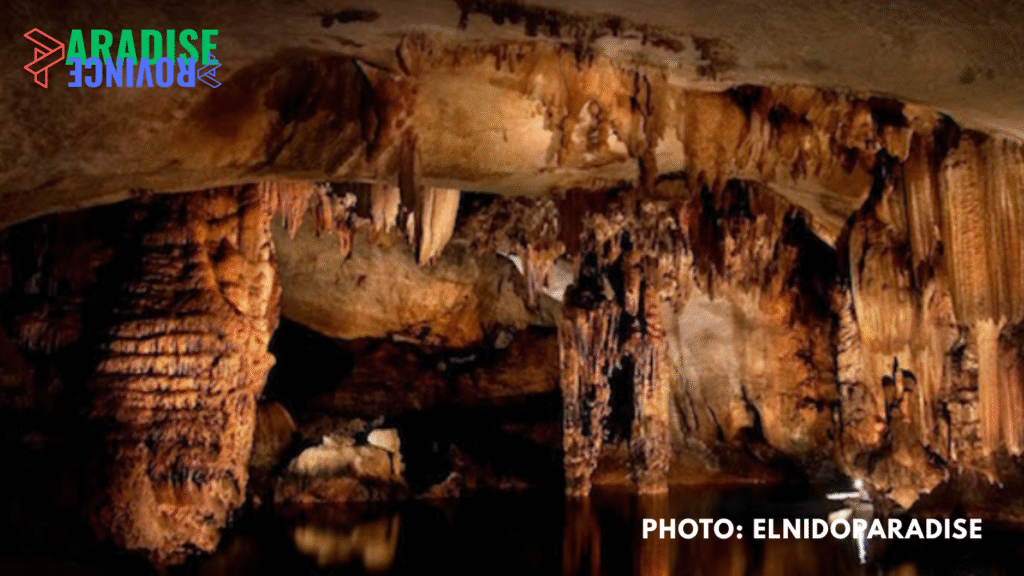
Eight different and well-preserved forest types can be found in the park: mangrove forest, lowland evergreen tropical rainforest, freshwater swamp forest, riverine forest, beach forest, forest on limestone soil, forest on ultramafic soil, and riverine forest. Of these, the Palawan Moist Forest—featured in the WWF’s Global Report—stands out for its exceptional biodiversity, containing high levels of local and regional endemism and some of the region’s richest tree flora.
Art of Palawan Handicrafts
For the Pala’wan people, the “tingkep” is a living representation of custom, culture, and religion rather than merely a basket. This elaborately designed basket, which has been handwoven from rattan and has been handed down through the generations, demonstrates the creativity and resourcefulness of the native people.
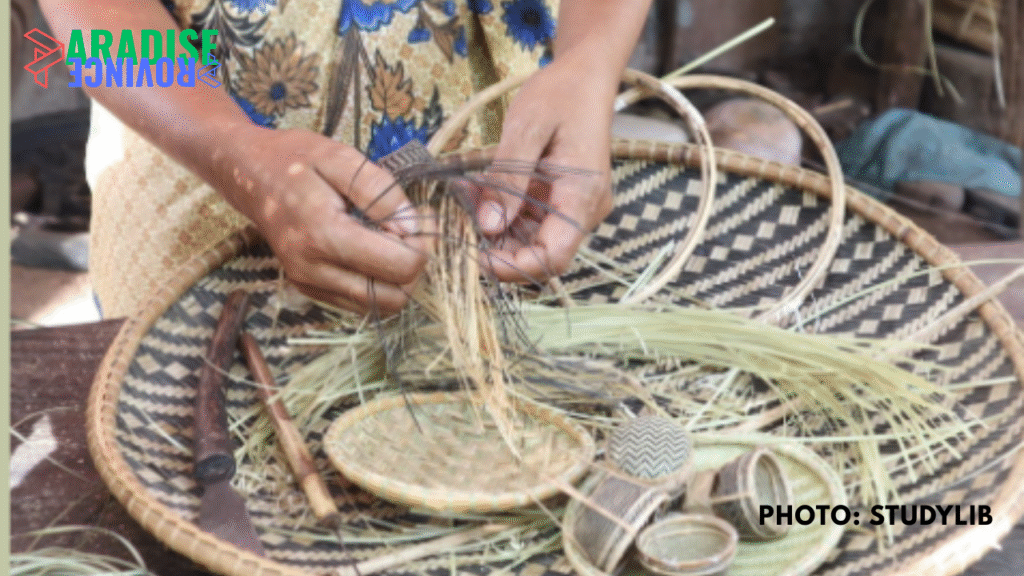
The tingkep is essentially a useful household object. It is frequently used to transport food, store rice, and protect priceless possessions. Its design and longevity make it a reliable everyday companion that combines beauty and utility.
Beyond its practical use, however, the tingkep has profound cultural and spiritual meaning. It is crucial to the Pala’wan people’s traditional healing ceremony, known as the “kundu” ritual. Part of the ritual that aims to restore equilibrium and well-being, the tingkep becomes more than just a container for material goods in this sacred setting; it becomes a container for the spirit Linamin.
Palawan serves as a shining example of how nature, culture, and development can flourish together in harmony. The initiative to build a climate-resilient community in Bataraza reflects the province’s commitment to safeguarding both its people and environment from future challenges. Captivate the world with its breathtaking beauty and ecological importance, and the timeless craft keeps local traditions and identity alive. These elements together paint a vision of sustainable growth where infrastructure empowers communities, natural resources are preserved, and cultural heritage thrives. Palawan’s story proves that true progress is not only about advancement but also about protecting and honoring what makes it unique for generations to come.

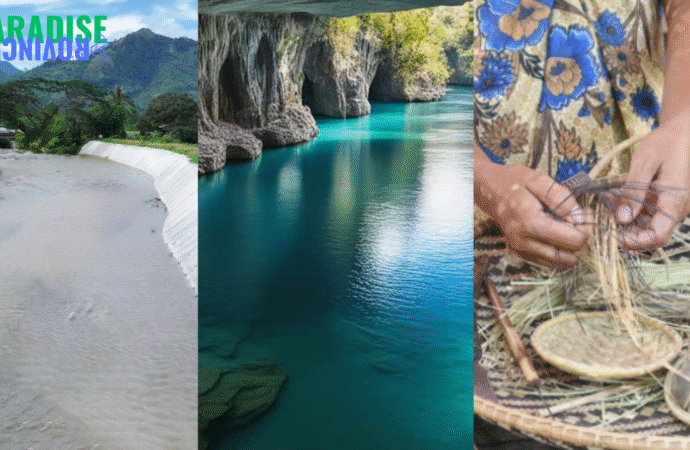
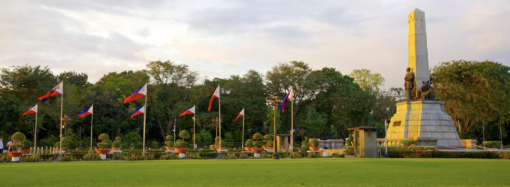
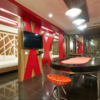


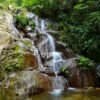
Leave a Comment
Your email address will not be published. Required fields are marked with *